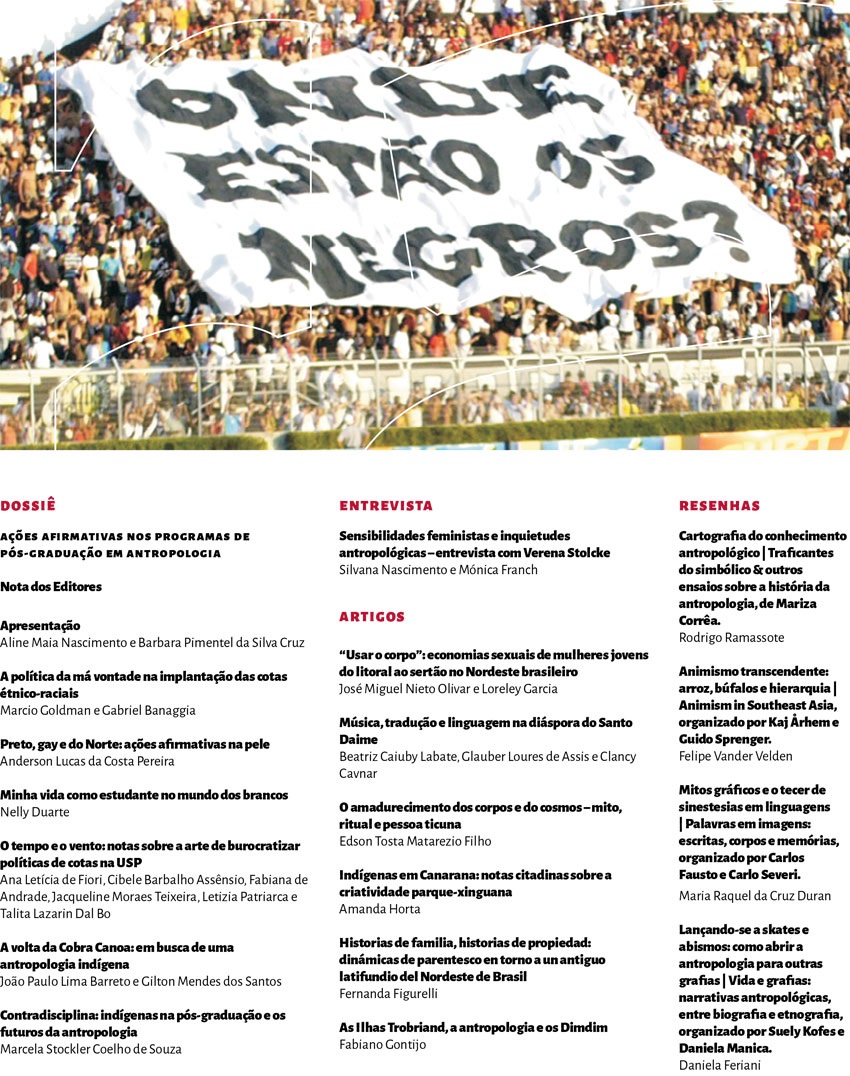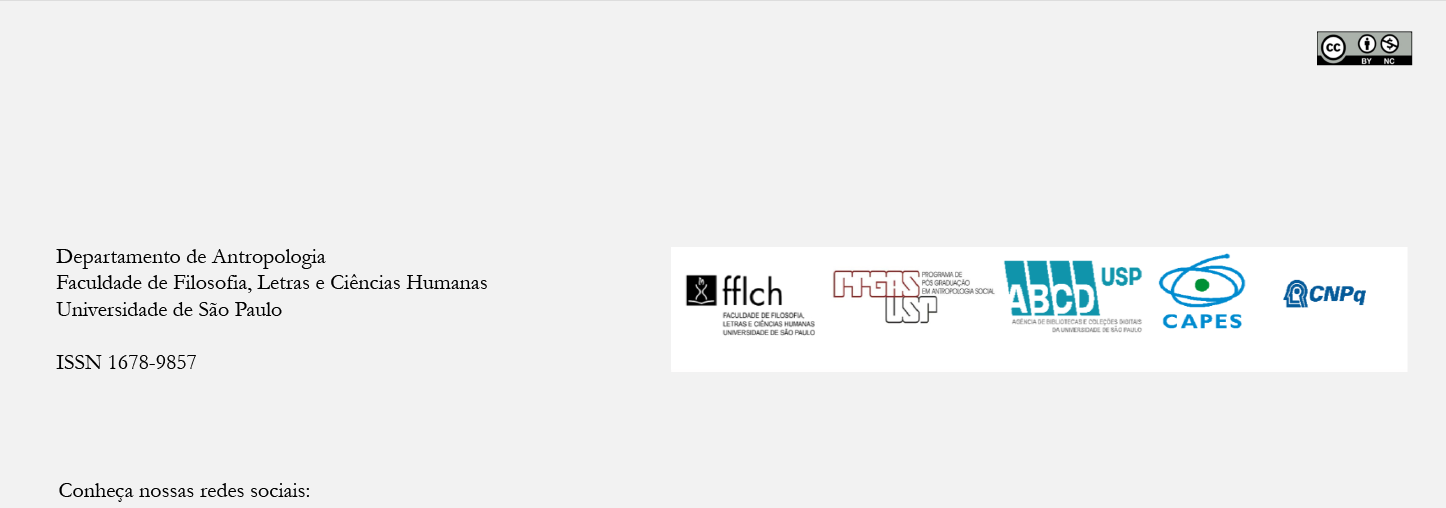Indigenous in Canarana: Urban Notes about the Park-Xinguan Creativity
DOI:
https://doi.org/10.11606/2179-0892.ra.2017.132074Keywords:
Indigenous Ethnology, Xingu, Indigenous in the City, Creativity, Relations with the WhitesAbstract
This paper proposes an approach to the park-xinguan indigenous peoples from the city of Canarana (MT), a municipality that composes the southeast portion of the Xingu National Park (in portuguese, Parque Indígena do Xingu, PIX). Hosting the main institutions of social care, the regional FUNAI and several branch offices of indigenous organizations, Canarana is a city of reference for PIX’s indigenous peoples. The city is ruled by a logic that insists on compressing the indigenous under the image of the poor, and each day it is also more filled with park-xinguans. These facts challenge the indigenous existence and philosophy,and result in an absolutely creative moment in the life of these people,of their philosophical practices and imagination. Starting from my experiences in Canarana from 2014 to 2016, this paper explores two different images of the white men from the city formulated by the park-xinguan indigenous people – the “peon” and the “chief” – highlighting the consequences of the complexification of these category to the indigenous theory of transformation. Lastly, it turns to the indigenous movements and expectations for their relations with different white men from the city, and proposes a reflection about some of the most salient incongruities between the park-xinguan perspective and the ways in which the Brazilian State intent to update this relations in the urban landscapes of the municipality.Downloads
Download data is not yet available.
Downloads
Published
2017-05-12
Issue
Section
Articles
License
Authors who intend to publish in this journal must agree with the following terms:
- a) Authors retain copyright and grant the journal the right of first publication. The work is simultaneously licensed under the Creative Commons Attribution License, which allows the work to be shared as long as the author and the initial publication in this journal are appropriately credited.
- b) Authors are authorized to sign additional contracts for non-exclusive distribution of the version of the work published in this journal (e.g., to publish it as a book chapter), as long as the author and the initial publication in this journal are appropriately credited.
- c) Authors are allowed and encouraged to publish and distribute their work online (e.g. on their personal webpage) after the editorial process, for this can generate productive changes as well as increase the impact and citation of the work. See The Effect of Open Access Publications.
How to Cite
Horta, A. (2017). Indigenous in Canarana: Urban Notes about the Park-Xinguan Creativity. Revista De Antropologia, 60(1), 216-241. https://doi.org/10.11606/2179-0892.ra.2017.132074




